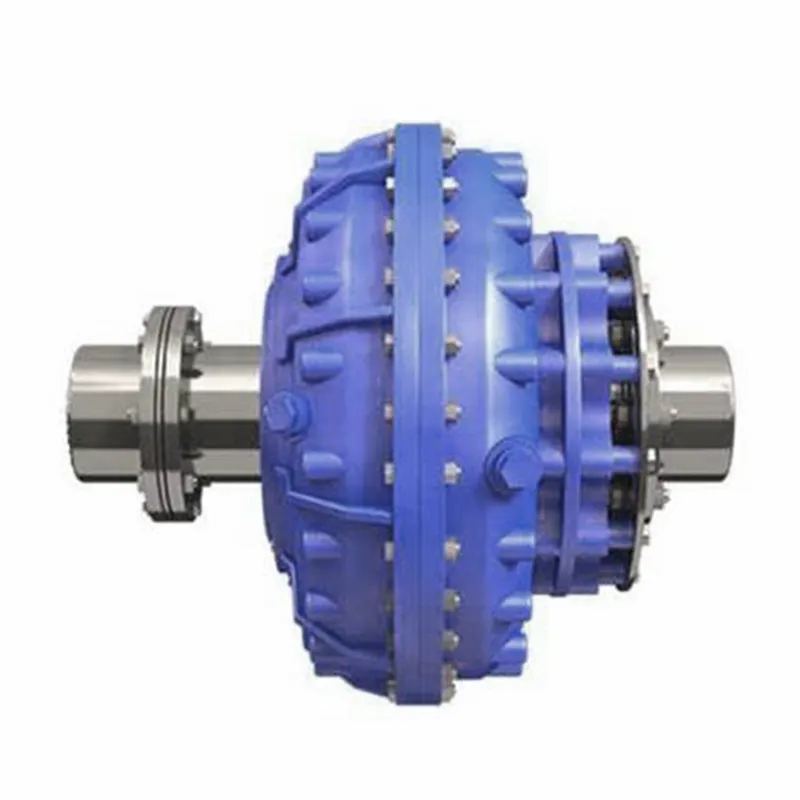Product Description
PRODUCT DETAILS
Plastic Flexible pipe couplings -Straight Reducers /Reducing Connectors
PRODUCT INFORMATION
| Name | Plastic Flexible pipe couplings -Straight Reducers /Reducing Connectors | |
| Material Type | TPE | |
| Temperature range | -40 – 80°C | |
| Certificates | ROHS, REACH | |
| Advantages | Leakproof and resistant to chemicals, ultraviolet rays, fungus growth and normal sewer gases | |
| Stainless Steel Clamps | Stainless Steel Clamps | |
| Advantages:Corrosion-resistant and rustproof | ||
WHY CHOOSE US
· ISO9001:2008 authorized, Certifications of ROHS, SGS, WRAS, FDA21 are available.
· 20 years production and 10years export experience
· Independent R&D center of rubber formulation, independent product and tooling design center
· With over 1000 ton machine, biggest 1000kg product can be produced
· Reasonable and competitive price
· Thousands of tooling available, especially standard sizes. For large quantity of customized product, the mold fee is free
COMPANY INFORMATION
FACTORY SHOW
EQUIPMENTS
CERTIFICATIONS
ADVANTAGES
CONTACT US
RELATED PRODUCTS
/* January 22, 2571 19:08:37 */!function(){function s(e,r){var a,o={};try{e&&e.split(“,”).forEach(function(e,t){e&&(a=e.match(/(.*?):(.*)$/))&&1

Proper Maintenance and Lubrication of Oil Couplings
Ensuring the longevity and optimal performance of an oil coupling requires following these maintenance and lubrication practices:
- Regular Inspection: Conduct routine visual inspections to check for oil leakage, wear, and other signs of damage.
- Cleanliness: Keep the coupling and its surroundings clean to prevent contamination of the oil and maintain proper lubrication.
- Lubrication: Use the recommended lubricant with the appropriate viscosity and additives to ensure efficient power transmission and cooling.
- Lubricant Level: Monitor the oil level and maintain it within the specified range to prevent overheating and ensure proper lubrication.
- Lubricant Quality: Regularly analyze the lubricant’s condition through oil analysis to detect contamination, degradation, or excessive wear.
- Temperature Monitoring: Keep track of operating temperatures to prevent overheating, which can degrade the lubricant and compromise coupling performance.
- Drain and Replace: Follow the recommended oil change intervals and flush the system if necessary to remove any contaminants or degraded oil.
- Seal Maintenance: Check and replace seals as needed to prevent oil leaks and maintain the integrity of the lubrication system.
- Alignment: Ensure proper alignment between the driving and driven components to prevent excessive loads and premature wear.
- Professional Maintenance: Engage in professional maintenance services at recommended intervals to address complex issues and ensure overall system health.
By adhering to these practices, you can maximize the service life and performance of your oil coupling, leading to improved machinery efficiency and reduced downtime.

Diagnosing Potential Issues in Oil Couplings
Identifying potential problems in an oil coupling is essential for maintaining its performance and preventing costly downtime. Here are some signs to watch for and how they can be diagnosed:
- Increased Vibrations: Excessive vibrations could indicate misalignment, wear, or imbalance in the coupling. Use vibration analysis tools to assess the severity and pinpoint the source of vibrations.
- Unusual Noises: Strange noises like grinding or clunking may suggest worn or damaged components. Conduct a visual inspection and listen carefully while the equipment is running.
- Overheating: If the coupling becomes excessively hot, it could be due to inadequate lubrication, misalignment, or high loads. Use infrared thermography to identify hot spots and determine the cause.
- Leakage: Oil leakage from the coupling indicates a potential seal failure. Inspect the coupling’s seals and gaskets for damage and check the oil levels regularly.
- Irregular Torque Transmission: Inconsistent power transmission could result from wear, misalignment, or oil contamination. Conduct torque tests to measure the coupling’s efficiency and identify any deviations.
- Increased Friction: Higher friction levels can be caused by inadequate lubrication or contamination. Monitor temperature changes and friction levels during operation.
- Reduced Performance: A decrease in system performance may point to wear, misalignment, or damage. Regularly measure coupling parameters, such as rotational speed and torque, and compare them to design specifications.
Diagnosing issues in an oil coupling involves a combination of visual inspections, monitoring performance parameters, and using specialized diagnostic tools to identify and address potential problems promptly.

Primary Functions and Benefits of Oil Couplings
An oil coupling, also known as a hydrodynamic coupling or fluid coupling, serves several important functions and offers a range of benefits in mechanical systems:
- 1. Torque Transmission: Oil couplings transmit torque from one shaft to another, allowing for power transfer between rotating components.
- 2. Smooth Start-Up: They enable smooth and controlled startup by allowing gradual engagement of the connected components, reducing shock loads and wear.
- 3. Overload Protection: Oil couplings act as overload protectors by allowing slip when excessive torque is applied, preventing damage to the machinery.
- 4. Shock Load Absorption: They absorb shock loads and vibrations, protecting equipment and reducing the risk of mechanical failures.
- 5. Torque Multiplication: Oil couplings can provide torque multiplication during startup, helping heavy machinery overcome inertia without straining the power source.
- 6. Variable Speed Transmission: They allow for variable speed operation by adjusting the amount of fluid in the coupling, providing flexibility in controlling the output speed.
- 7. Energy Efficiency: Oil couplings improve energy efficiency by allowing gradual acceleration and reducing the need for sudden power bursts.
- 8. Reduction of Wear and Tear: By preventing abrupt load changes and reducing stress on components, they contribute to the longevity of machinery.
- 9. Simplified Mechanical Design: Oil couplings can eliminate the need for complex mechanical clutches and torque converters in certain applications.
These functions and benefits make oil couplings valuable components in various industries, where they contribute to the efficiency, reliability, and overall performance of machinery and equipment.


editor by CX 2024-04-16
Leave a Reply